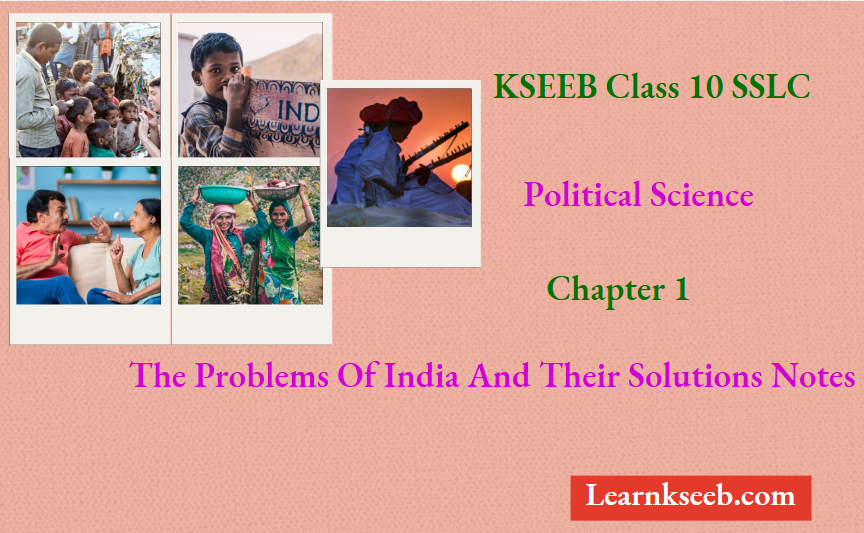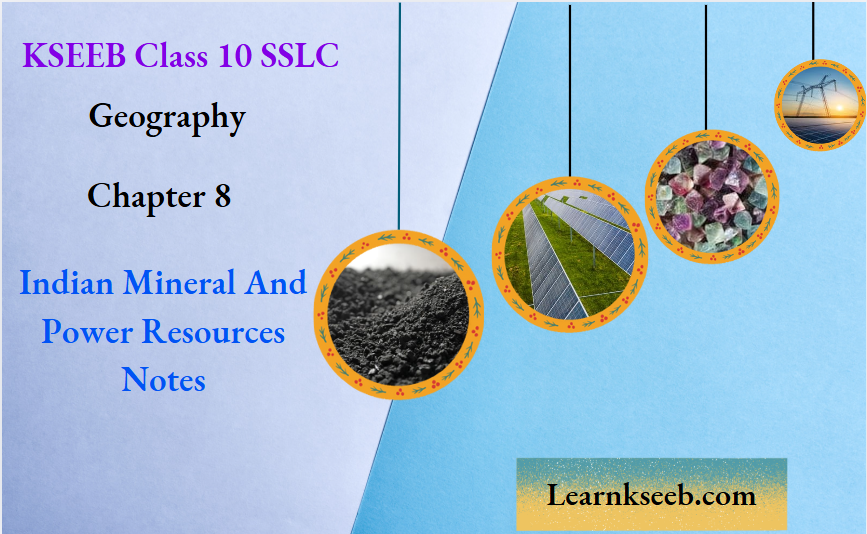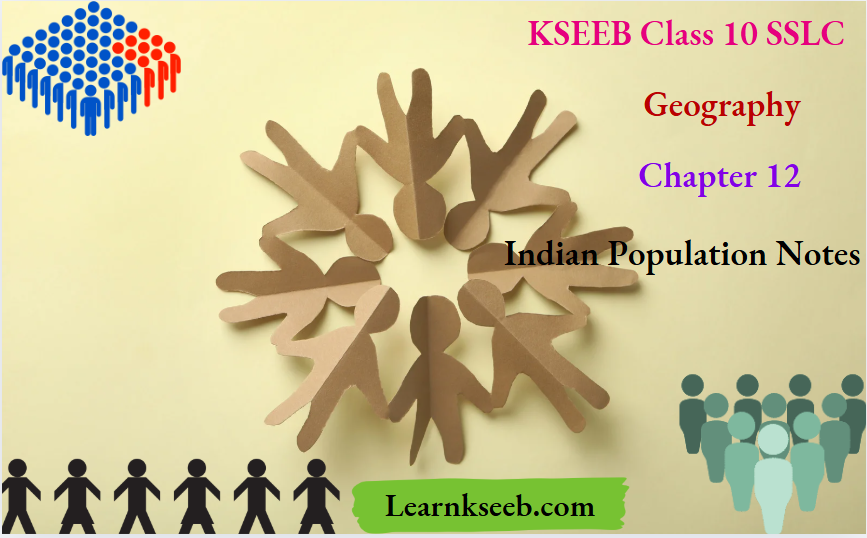KSEEB Solutions for SSLC Class 10 Economics Chapter 2 Notes Rural Development
Rural Development And Decentralization
- India is a land of villages and its 68.84% of the population lives in villages according to 2011 census report.
- One-third of its population lives in abject poverty.
- Mahatma Gandhi said long ago that development of its villages is the true development of India.
- The development techniques that the Indian Government adopted after independence enabled only urban development.
- Poverty has increased among the rural people who depend primarily on agriculture.
- Though 60% of the people work in the primary sector,the contribution from this sector to the national income is very less and is reducing year by year.
- Rural development is the improvement of the social and economic status of the rural people by proper utilization of the locally available, natural and human resources.
- It occupies a very important place in the development of the Indian economy.
- The rural people should be provided with essential facilities like electricity, irrigation, transport, communication, market-yards, etc.
- Small-scale and cottage industries can improve, thereby strengthening the rural economy.
- The facilities and opportunities that are available to people in urban areas should be available to people in rural areas too.
- Providing the administrative power and the responsibility of developing the village to its own people is called administrative decentralization.
- This process was called ‘Gram Swarajya’ by Mahatma Gandhi.

Class 10 Economics Chapter 2 Rural Development Important Topics
Role of Panchayat Raj Institutions and Women In Development
- To enable decentralization, the Panchayat Raj System has been brought into practice.
- Even during Vedic times, the village administration was being carried on by village people.
- A committee of five representatives of the people would carry on the administration. They were known as the ‘Panchas’.
- The Panchayat organization is also known as ‘Rural Local Government’.
- As per the 73rd Amendment to the Constitution, three-tier system of panchayats came into existence, throughout the country in the year 1993. They were Gram Panchayat, Taluk Panchayat, and Zila Panchayat.
- Panchayat Raj institutions can help to provide the rural community with basic facilities of roads, drains, drinking water, street lights, toilets, school and hospital buildings, market-yards, etc.
- More employment opportunities can be provided to the people by nurturing the rural productive activities of agriculture, cattle-rearing, poultry, fishery, social forestry, etc.
- Through the Panchayats, seminars, conferences and training programmes can be organised for all kinds of activities.
- Various projects like ‘Mahatma Gandhi National Rural Employment Guarantee Project (MNREGP), Rural Development ‘Swarnajayanti Rural Self-Employment Project (SRSEP), etc., for generation of employment and alleviation of poverty can be implemented.
- ‘Indira Awas Yojana’, ‘Ambedkar-Valmiki Housing Programme’ and ‘Ashraya Yojana’ are different housing programmes implemented in the villages.
- Through ‘Suvarna Gramodaya Yojana’ basic facilities can be enhanced.
- The Public Distribution System (PDS) in villages can be improved and poor people should be provided with the essential food grains adequately.
- Social and cultural activities can be encouraged through the celebration of village fairs and festivals.
- Through such activities, village art and crafts will get an impetus and the rural culture will get enriched.
- Thus, Panchyat Raj institutions play a significant role in the overall development of rural areas.
- In her lifetime, a woman performs a variety of duties as a mother, wife, daughter-in-law and a daughter. Every man’s life is shaped by a woman.
- The work that women perform at home is not considered labour and so she is not paid any wages. This kind of wage less labour is not taken into account in the national income also.
- Women Self-Help Groups’, have been created in all villages in the rural sector.
- Both men and women share the same responsibility in making the country economically developed.
- They are like the two wheels of the chariot of progress. Neither should be ignored.
KSEEB SSLC Class 10 Biology Notes Karnataka State Syllabus
Chapter 1 Life Processes Notes
Chapter 2 Control and Coordination Notes
Chapter 3 How Do Organisms Reproduce Notes
Chapter 4 Heredity and Evolution Notes







